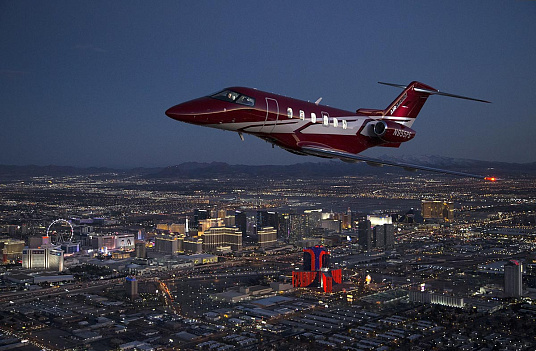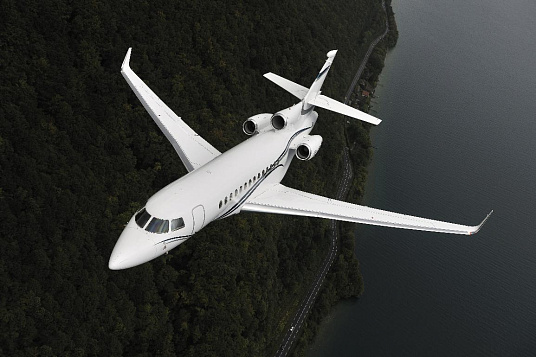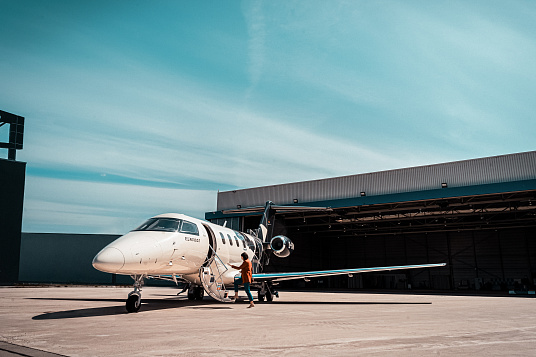Insuring a business jet: standards and requirements

Aircraft insurance services are provided by both insurance companies and international insurance brokers. The fundomental difference is an insurance company being liable to you in a full amount specified in the policy and, if necessary, reinsures the risks. A broker bears no financial obligations to you in the event of an insurance claim. Liability is distributed between insurance/reinsurance companies to which a broker has allocated part of the risk.
Whichever scheme you choose, you need to pay attention to the following points: financial reliability of the insurer you conclude a contract with or to whom the broker allocates part of the risk; the counterparty's experience in insurance of aviation risks and settlement of insurance claims; ability to provide insurance documentation promptly; and the cost of the policy.
According to international standards and requirements, insurance coverage of an aircraft includes the following risks:
1. Hull insurance "from all risks", except for those that are indicated as excluded. The owner and operator of the aircraft receive an insurance payout above the franchise — the deductible amount on claims of destruction or damage to the aircraft either on land or in flight.
2. Insurance of the franchise. The owner and operator of the aircraft receive an insurance payout within the franchise on claims of destruction or damage to the aircraft either on land or in flight.
3. Hull insurance against war and other hazards. The owner and operator of the aircraft receive an insurance payout on claims of destruction or damage to the aircraft either on land or in flight in connection with military and similar risks.
4. Third-party liability insurance. The insurer will pay such amounts for the owner and operator of the aircraft that will be legally assigned to them due to inflicting damage to the health and property of third parties due to an accident involving the use of the aircraft.
5. Third-party liability insurance against military risks, risks of piracy and other dangerous risks. When calculating tariffs, underwriters take into account a lot of information — statistics of accidents for this type of aircraft, total flight hours of the airframe and engines of the particular aircraft, availability of modern on-board equipment, main operating region, statistics and respectability of the operator company, number and age of the crew, total flight hours and the pilots' flight hours on the particular type of aircraft. More reliable information provided by the client, greater the chance of obtaining optimal tariffs from insurers.
Based on Planet Jet Guide’ editorial.




